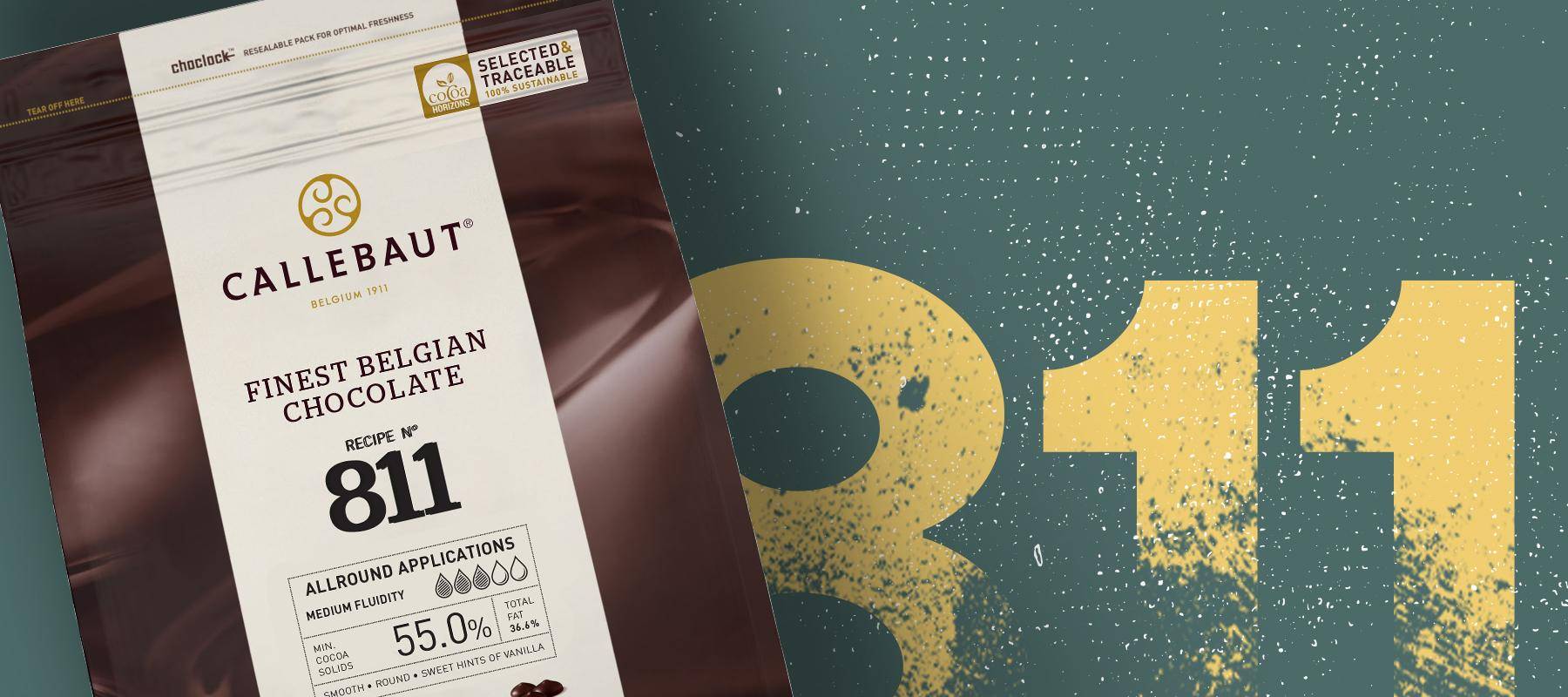
mainpage Ghana Cocoa
TRACE ME
BACK
WHERE AND HOW WE SOURCE
TRACEABLE COCOA BEANS
We compose the bean blend for our Finest Belgian Chocolate with coco beans from farmer communities in 3 different countries. Each cocoa bean origin contributes to the unique, balanced taste of our chocolate in a very specific way .
Since we source all beans directly from the farmer communities registered in the Cocoa Horizons programmes, we can guarantee full traceability to all chefs who are working with our products.
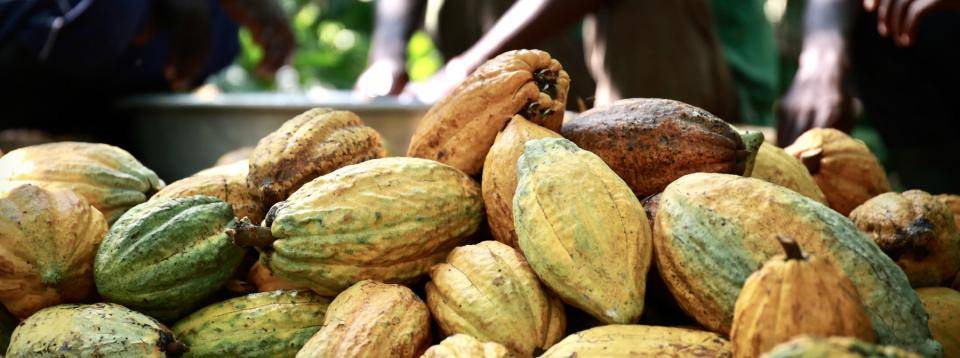
The cocoa beans we source from Ghana for our Finest Belgian chocolate contribute to the typical acidic and fruity notes (mainly red fruits) in the taste.
HOW WE DIRECTLY SOURCE FROM
FARMER COOPERATIVES IN GHANA
In Ghana, we directly source our cocoa beans from farmer organisations in 6 different districts. They are located in the West of Ghana – west of Kumasi – where a dense vegetation belt and the tropical climate provide the perfect conditions for the cocoa tree to thrive.

Farmers in Ghana are organised in ‘farmer societies’. A society mostly corresponds to the farmer group of one or several small villages. Each village has one buying station, where farmers can present and sell their cocoa beans after it has been assessed. Each bag of beans is registered and gets a station mark, which guarantees the traceability back to the buying station, and eventually the farmer community. Every few days, the buying stations bring the bags of cocoa beans to the district warehouses, where it is officially graded and sealed. From there, the cocoa beans are shipped to one of the port warehouses – where the beans are graded again and prepared for their final shipment to Belgium.
FARMER COMMUNITIES IN GHANA
Cocoa cultivation is strictly regulated and controlled by the Ghanaian authorities. They appoint official buying organisation who are allowed to organise the buying of cocoa beans from farmers. Callebaut’s mother company is officially accredited by the authorities as buyer.
• We source cocoa from 6 cocoa districts – which are sometimes divided in subdistricts – each with their own district warehouse.
- Goaso: has 4 subdistricts (Goaso A, B , C and D) and represents 86 farmer groups with 2.301 active farmers in the Cocoa Horizons programme.
- Kasapin: has 3 subdistricts (Kasapin A, B and C) and represents 89 farmer groups with 2.118 active farmers in the Cocoa Horizons programme.
- Fosukrum: has 3 subdistricts (Fosukrum A, B and C). We source from farmer groups in the Fosukrum B and C subdistricts with 1.028 active farmers in the Cocoa Horizons programme.
- Asumura: has 2 subdistricts (Asumura A and B) with 1.257 active farmers in the Cocoa Horizons programme
- Dormaa
- Nkrankwanta
LOCATION
Cocoa cultivation in Ghana is mainly concentrated in the green, tropical belt in the South below the Volta river, stretching over the entire width of the country. This region offers the right climatic conditions and environment for the cocoa tree to thrive. There are 2 seasons: the main crops, which starts in October and ends in January. The smaller mid-crop cycle starts in July.
Tetteh Quarschie is believed to being the first person who introduced the cocoa crop to Ghana from the nearby island of Fernando Po (now Bioko in Equatorial Guinea) around 1870. After his first successful attempts, he distributed pods and seeds to friends and relatives who also undertook the planting of cocoa. Soon, other farmers followed suit. Decades later, cocoa would become one of Ghana’s most exported crops.
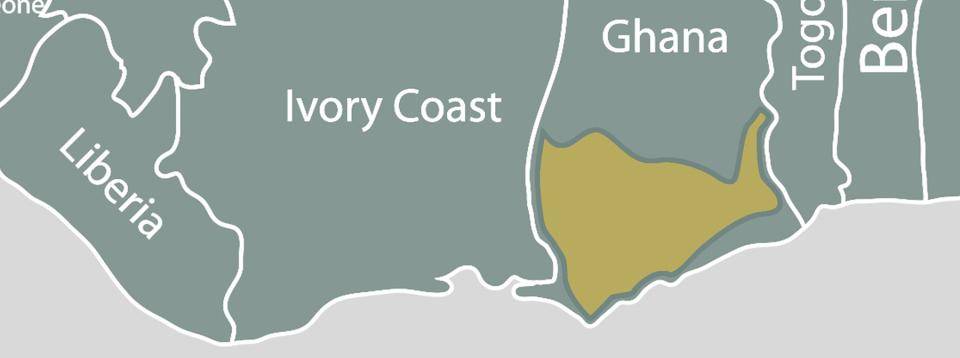
TRACEABILITY
In the Ghanaian district warehouses, every incoming bag of cocoa beans is registered together with the farmer group who provided the beans. This information can be found on the station mark on every bag. The buying station themselves apply an analogue/handwritten register and can allocate every bag to the farmer who grew the beans. To date, we can process all data, up to the level of the cooperatives who collected the beans from the farmers.

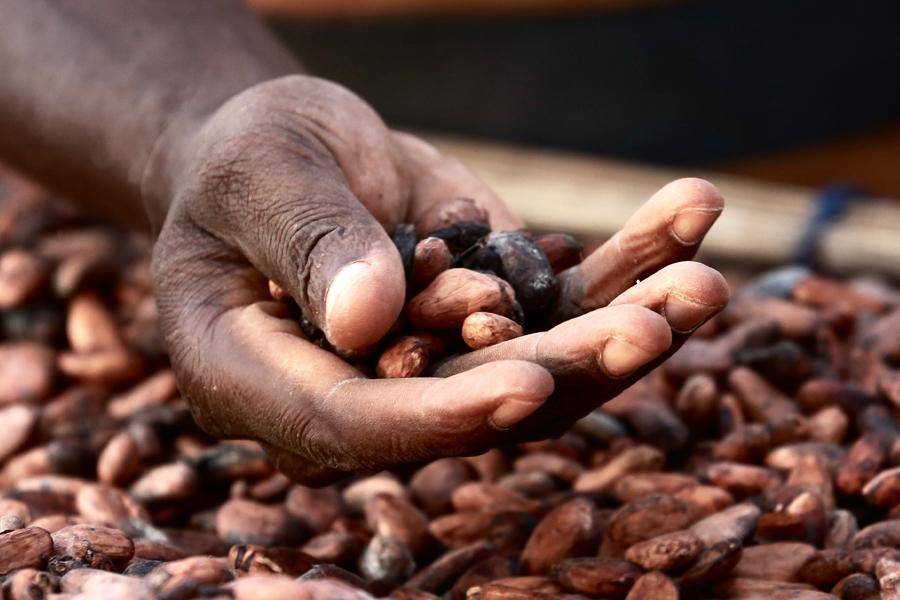
HOW WE ASSESS THE QUALITY OF THE BEANS
In partnership with our farmers, Cocoa Horizons and the Ghana Cocoa Board, we source quality grade cocoa beans from Ghana:
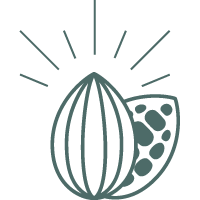
ONLY MAIN CROP BEANS
Main crop cocoa beans are bigger in size and bring more taste to the chocolate. To select main crop beans, we apply a bean count on well dried beans: 100 g of beans should make less than 100 beans.

ONLY WELL-DRIED COCOA
The moisture content in our beans is below 8%. It guarantees the beans to be in the best conditions for storage and shipping.
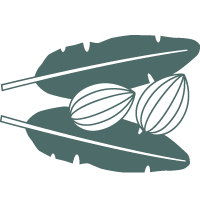
ONLY WELL-FERMENTED COCOA
All lots of beans are quality checked to assure they have been well fermented. Good fermentation optimises the taste development in the beans.
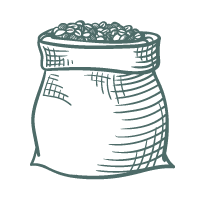
ONLY IN JUTE BAGS
Jute is the ideal, natural barrier for the beans to ‘breathe’ during shipping and to keep them acclimatised during shipment and storage.
WHAT THE COCOA HORIZONS PROGRAMME MEANS FOR GHANAIAN FARMERS
Cocoa Horizons organises farmer training in farmer field schools and on model farms around various topics:
- farm productivity and crop diversification
- best agricultural practices and environmental protection
- child labour sensitisation
- empowering entrepreneurship among young farmers and women-farmers
Cocoa Horizons pays farmers a premium and gives financial incentives for quality and yield improvements.
Next to training, Cocoa Horizons is also committed to community programs such as funding community schools, hospitals, potable water, etc.
MORE AT www.cocoahorizons.org
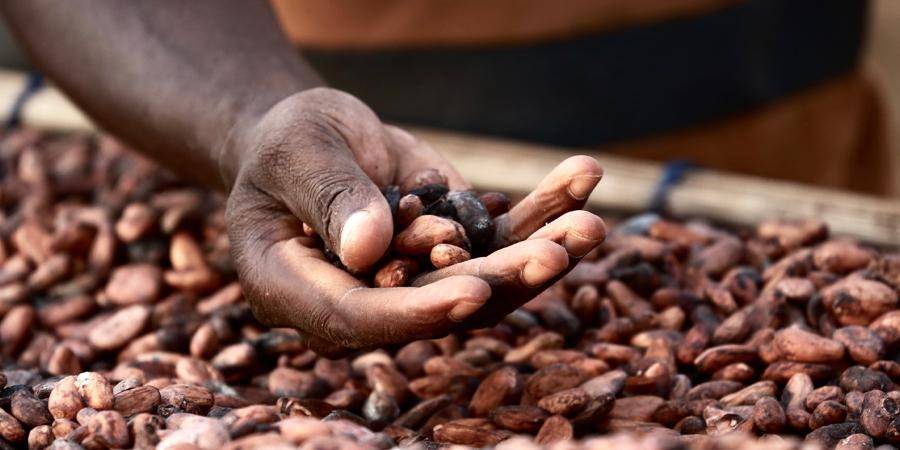
COCOA HORIZONS
WHAT OUR PARTNERSHIP MEANS FOR COCOA FARMERS >
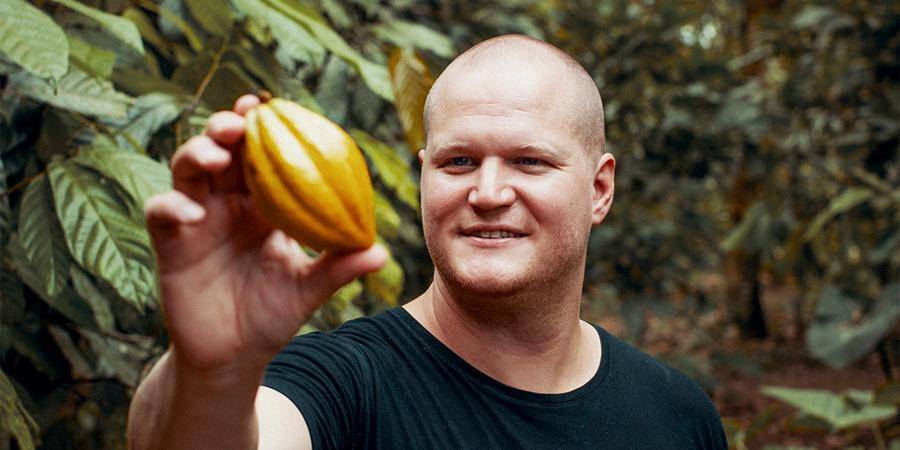
VIDEO STORIES - FROM PORT TO FARMER
CHEFS KIRSTEN AND HAKAN SHOW YOU HOW TRACEABILITY WORKS > >


